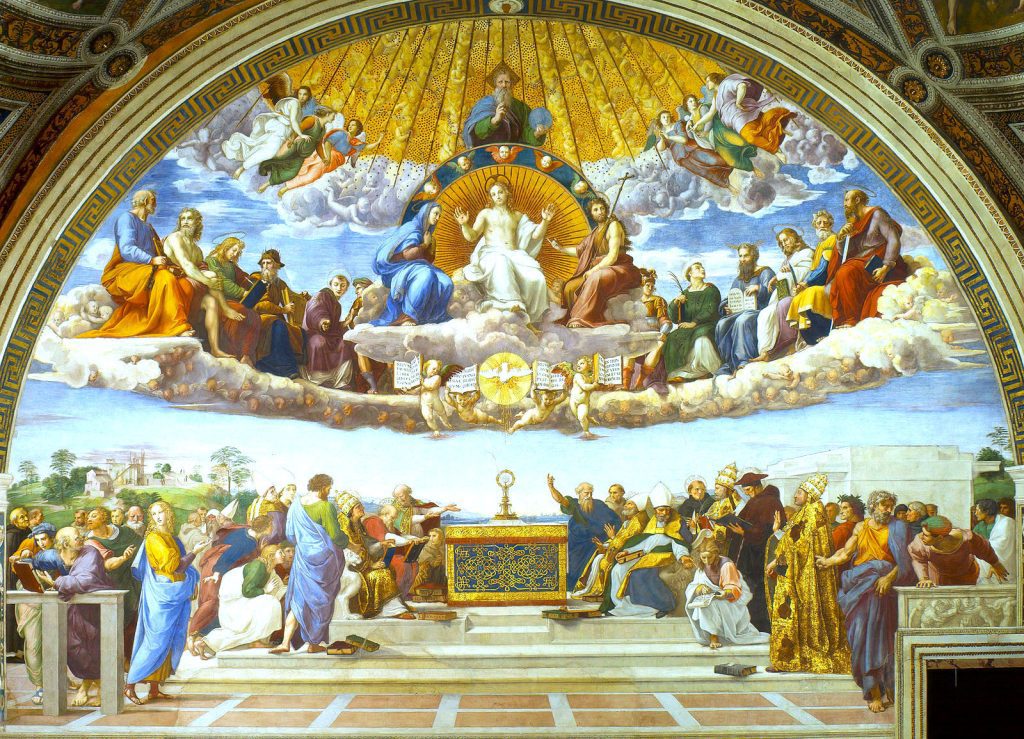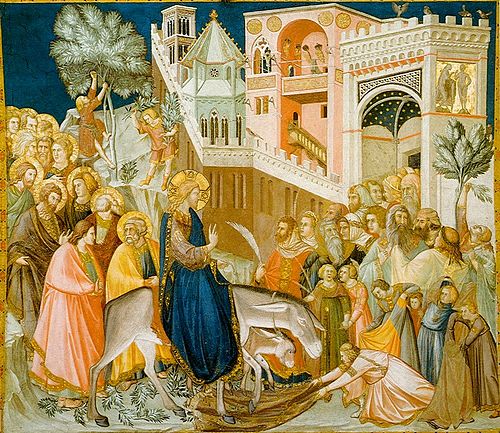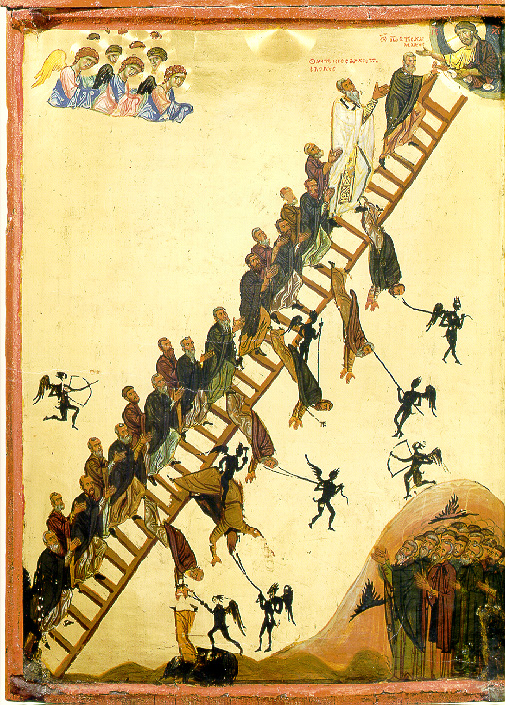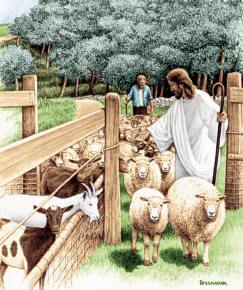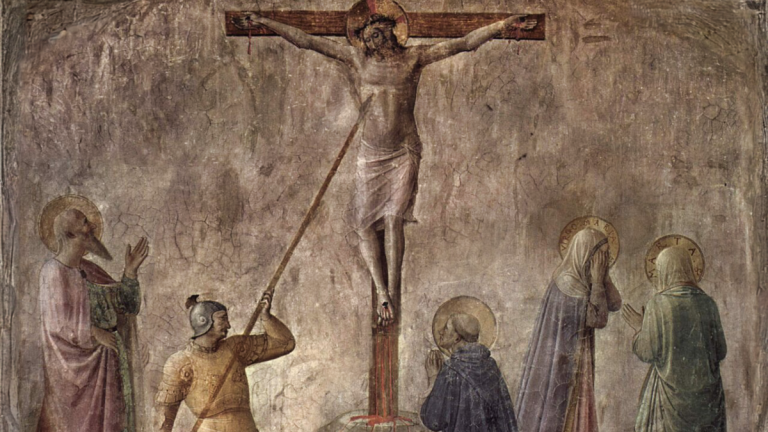In the Western part of Pennsylvania, money used to be bits of shell turned into beads. The beads were drilled, polished, and dyed. Then, they were knotted into belts of wampum. The value was based on quality. The highest quality belts of wampum had more time spent on them. So, money was related to effort.
When white traders moved in, money in this area took the form of beaver pelts. A five foot, six inch stack of compressed beaver pelts could be traded for a 66″ long musket. Soon, Indians began to prefer to trade goods and services for cheap whiskey. Whiskey became a form of money.
British, French, and Spanish coinage were also used to exchange goods and services. During the Revolution, paper money was printed by the Continental Congress. It was grudgingly accepted as money. States and Banks also printed money to nearby areas. Gold and silver money from the more solid government of the United States circulated until the nineteen thirties and sixties, respectively. Paper money is still in use.
There is no value behind our paper money. Our government says that a twenty dollar bill is worth twenty dollars. Our citizens don’t agree. Some are aware that we used to have a twenty dollar double eagle coin made from one ounce of gold. It is worth, today, nearly 200 paper twenty dollar bills. Similarly, a silver dollar can now be purchased for thirty paper dollars.
We need a new kind of money based on increasing efficiencies. As long as a society can produce goods and services with less labor or material, costs continue to decrease. Then, more money can be printed and provided to those made unemployed, or under-employed, by the new efficiencies. The reverse happens when societies become less efficient. When costs of production go up, efficiencies go down. Then, less money can be printed. That upsets those dependent on government money because they lack the skills or energy to earn it in any other way.
Today, money is actually the measure of how a nation’s government lets people be free to increase production efficiency, usually with automation, chemistry, and technology. Good money is printed in an intellectually active, inventive society. Good money keeps people off the streets.
Good money turns into bad money when invention and improvement are made more difficult. That happens when bitter, resentful people take control of governments. Higher costs provoke riots and revolutions. Recognizing that money should be valued by a society’s efficiency gets people focused on making things better.

